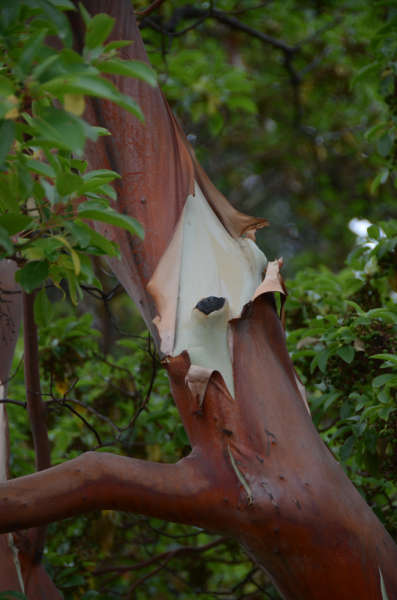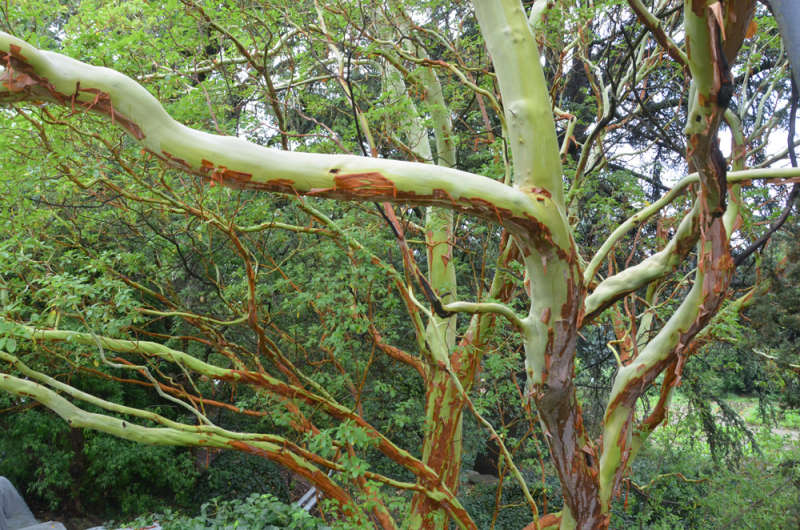Shameless - a health resort girl in the Crimea, or a unique strawberry tree in the Crimea. Strawberry tree in the Crimea.
TYPE FLORA or the plant world.
Sorting the pictures from the Abkhaz vacation, my daddy was formed - "The world of plants". This is about their flora.
Well, what flora? I grew up among her and did not find anything outlandish at that time. He stretched out his hand from the window and ... ate, for example: persimmon, peach, pomegranate or grapes, sometimes he chose the variety - kachich or isabella, there was also a nut growing in the yard. But now, having lived enough in middle lane, i.e. in comparison, the subtropics began to seem to me ... very "quite". Yes, the northernmost subtropics in the world show, sometimes examples of amazing natural fantasy and diversity.
Well, as a preamble, it should be said that all wealth flora here is imported. At the beginning of the twentieth century, through the efforts of Russian scientists, merchants and patrons of art, especially Smetsky, outlandish samples of tropical and subtropical cultures were brought to Abkhazia. Eucalyptus from Australia, cypress nuts from Greece, aleander from azure, araucaria from South America, and also from there came tobacco, cacti, lianas, tomatoes and corn (by the way, mamalyga, made from corn flour, became the main food among the Abkhz) and beans. Tea, persimmon and feijoa from China, a candy tree from Vietnam, and a bunch of palms and everything - everything came from Africa. In short, och variably and fun turned out. And, almost everything, surprisingly, stuck. Here, for example, is the "work" of a liana, which at once (according to my estimates for "this" it took her thirty years) "had a bite" on the concrete colonnade of a cafe destroyed by the war, with the ironic historical name "Friendship". And judge the rest of the miracles for yourself.
This is what the trunk of an Australian eucalyptus looks like. It is sometimes called the shameless tree. He periodically changes the bark, shedding old clothes and, as it were, naked all the time. But seriously, this tree is a savior. Previously, the entire coast of Abkhazia was swampy and the malaria mosquito was raging here, rest in Abkhazia then was not so pleasant precisely because of them. The eucalyptus acted as a "pump". Adults "consume" up to 500 liters of water per day. The swamps dried up and began ... paradise.

In childhood, on their high trunks of eucalyptus, punks arrange "nests".
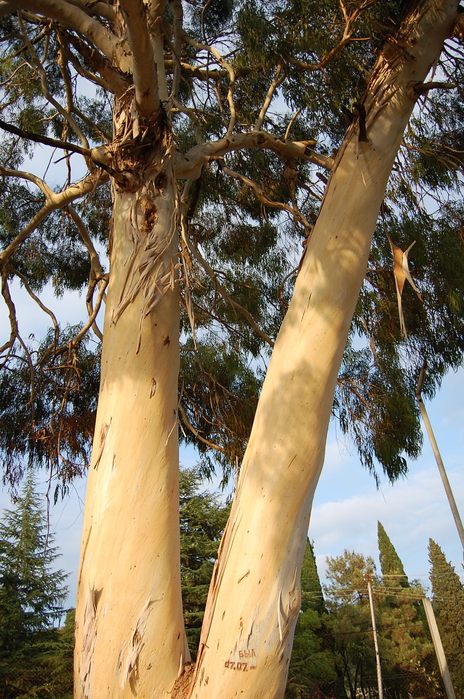
And here is a fig tree or figs. Its seed, even falling into the crack of the house, or garbage, begins to germinate. Fifteen years later - a new tree.

This is how it looks from the outside. By the way, the leaves of this tree were used by artists of the Renaissance, "covering" nature in their paintings, usually of biblical content.

Vegetable luxury.
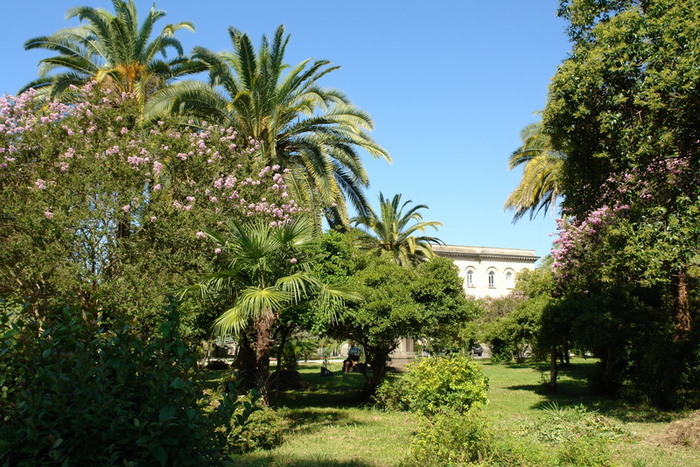
Or here ... the front view of the Philharmonic.

Plane trees in the park.

Like this climbing plants"crawl" to the fifth floor. And even higher ...
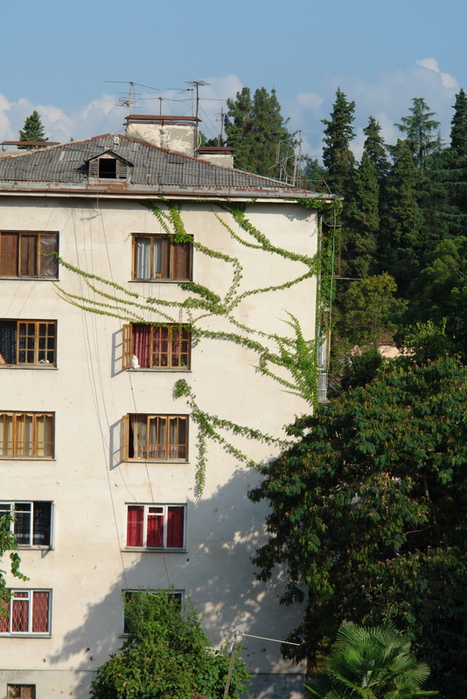
Or like this it will go into the wild.
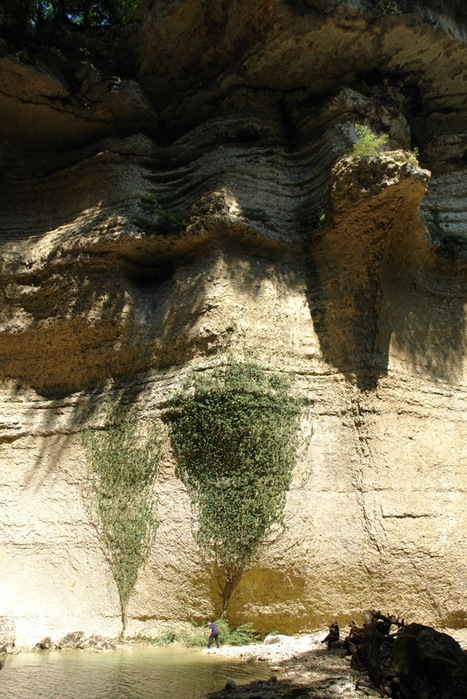
On the fortress wall ... Tenth century.
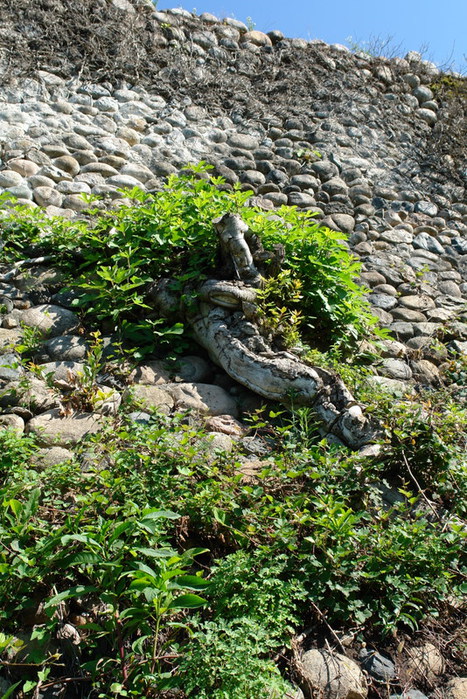
So they live by sucking the juices of someone who cannot "give a shock".
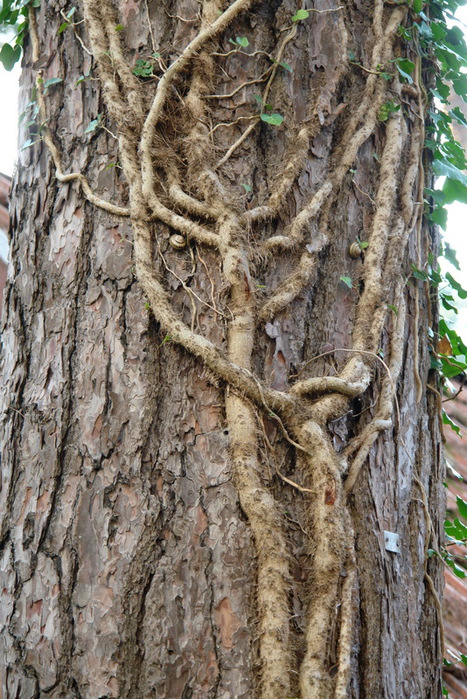
Anomaly.
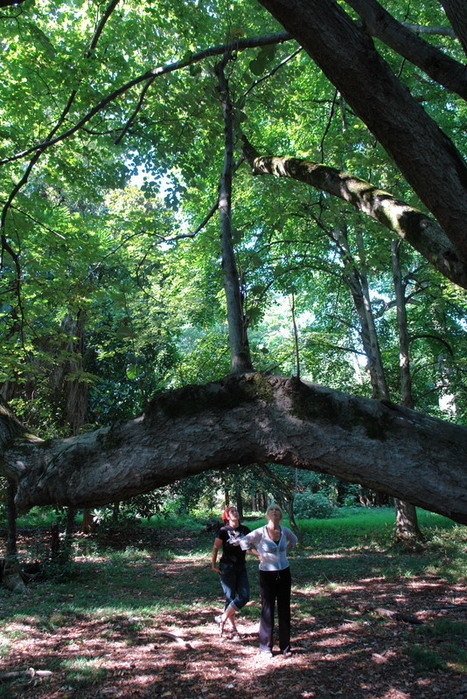
Or here ... this is at Stalin's dacha by Lake Ritsa.

This is how the roots lift the asphalt.
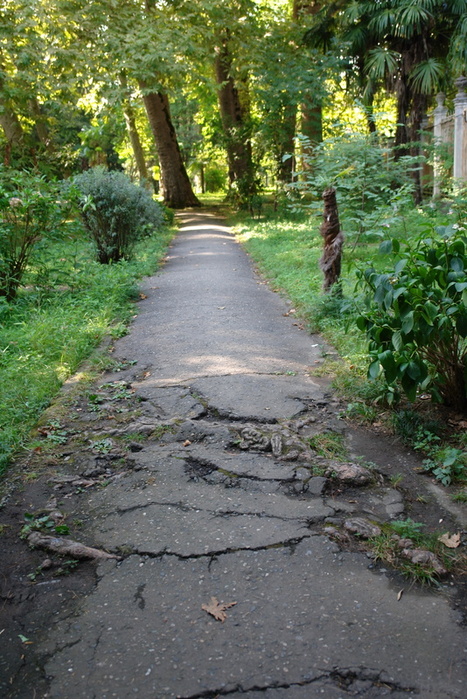


The road goes along the plane tree alley.

This is how plants "intersect" with stones.


This is how the Pomegranate grows.
![]()
And here I am examining a blank for a smoking pipe. She was carried away by the sea.
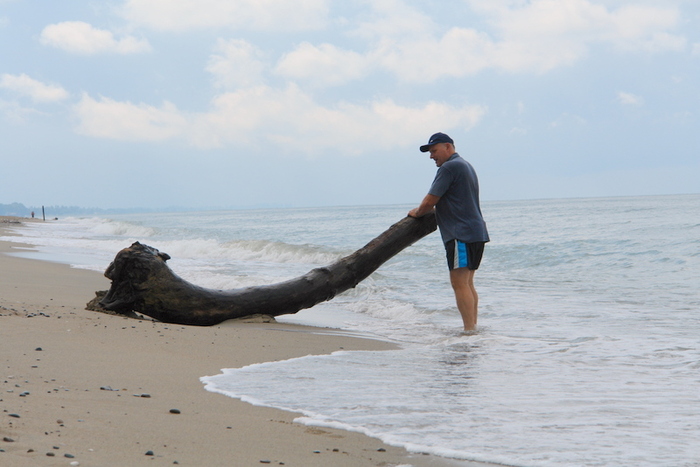
In general, there are many picturesque snags on the beach.

Alpine herbs.

Flowers among the mountains.

And this plant, I do not know the name.
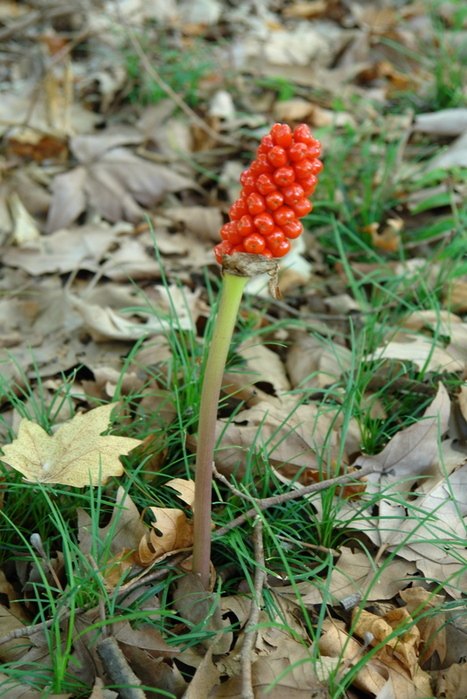
Tall Pitsunda pine.
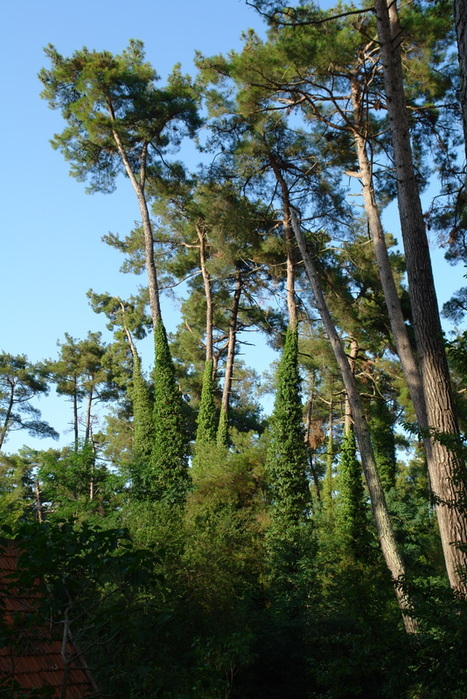
Fern.
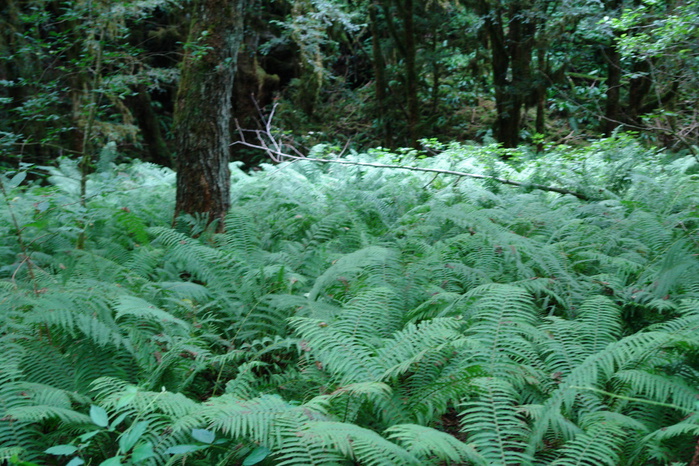
Bamboo alley.
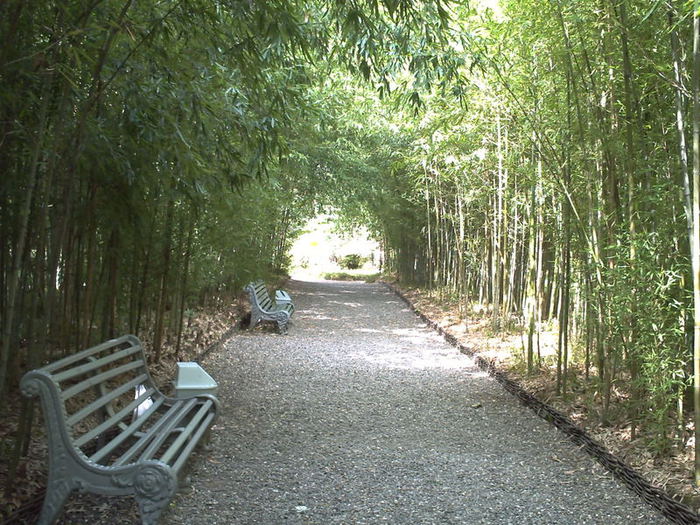
There are also thicker ones.

Still life.

In abandoned orchards the trees are running wild. This is in Tsebelda. The spectacle is wild.
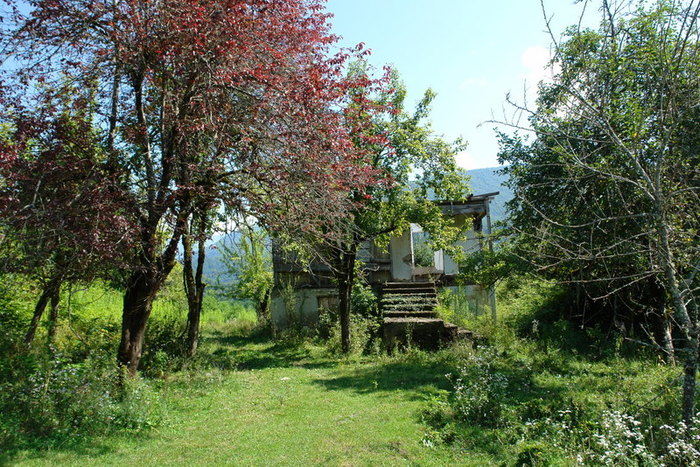
Finita la comedy.

It turns yellow ...

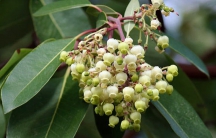

On the south bank Crimean peninsula in the most hard-to-reach places and rocky tracts, the remains of forests have been preserved amazing plant with a very tasty name - strawberry tree, or, to be precise, small-fruited strawberry.
But, unfortunately, this unique relict plant of the preglacial period, belonging to the heather family, is an endangered species in the Crimea, which, by the way, is the northernmost border of its habitat. Now in the wild there are only single trees or small sparse thickets. The largest wild strawberry habitat is located on the reserved Cape Martyan.
Strawberry is a very beautiful evergreen deciduous tree- honey plant with bizarrely curved branches. It has leathery leaves and blooms with flowers that resemble lily of the valley flowers.
The wrinkled red fruits of small-fruited strawberries are a bit like strawberries. Hence the name of the tree. Another name - shameless - the tree received for the fact that aging its bark by the middle of summer turns red, cracks and exfoliates, exposing a young pistachio-green bark. And so it is repeated from year to year.
Strawberry fruits ripen in autumn and have a rather pleasant taste. But the nutritional value of in kind they represent only for birds.
Arbutus, or Arbutus (lat.Arbútus) is an evergreen plant, a genus of shrubs or trees families Heather(Ericaceae). In nature, about 20 species of Strawberry grows in the Crimea, the Caucasus, the Mediterranean, western Europe and America. Strawberry tree, got its name from original form fruits, which are pink-red balls, shaped like strawberries.
Large-fruited strawberry is widespread in home indoor cultivation - a small tree, up to a meter in height.
A wild strawberry tree can grow to a height of 5 meters and live for over 50 years. The bark of trees is smooth, red or brown, the leaves are leathery and large.

The strawberry tree is decorative and attractive, it is decorated with flowers and fruits at the same time.
The flowers of the Strawberry tree are quite small, resemble lily of the valley inflorescences, and are collected in panicles. The strawberry tree blooms in autumn, and in winter it is dormant, but does not shed its foliage.
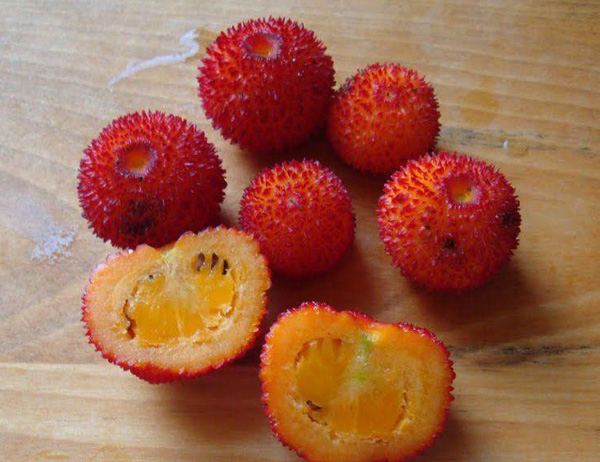
Strawberry is a wonderful honey plant, the aroma of flowers attracts many insects, however, the honey from its flowers is slightly bitter. The flowers of the plant are white, the fruits are orange, after ripening they turn bright red. The fruits of the Strawberry tree are edible, they are very tasty and juicy, eaten raw, and used in cooking.
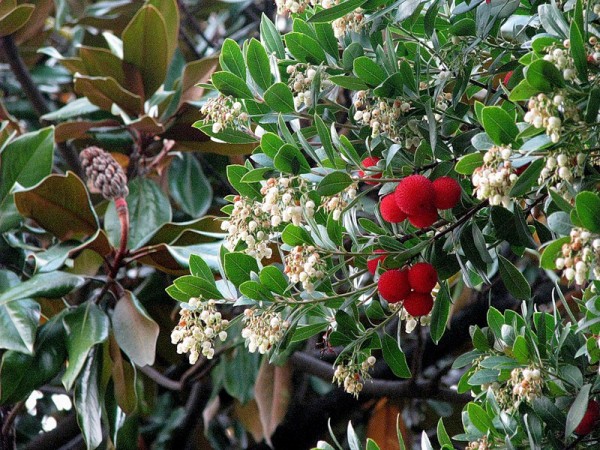
A strawberry tree grows in a bright and warm place, the choice of soil is not whimsical... Needs regular watering and feeding with complex fertilizers, especially during the period of active growth and ripening of fruits.

The strawberry tree propagates mainly by seeds. Seeds can be sown throughout the year. Sowing is superficial, the seeds are lightly sprinkled with soil or sand, covered with foil and kept in a warm place until shoots appear, which should be sprayed. The strawberry tree grows slowly blooms about a year after sowing.
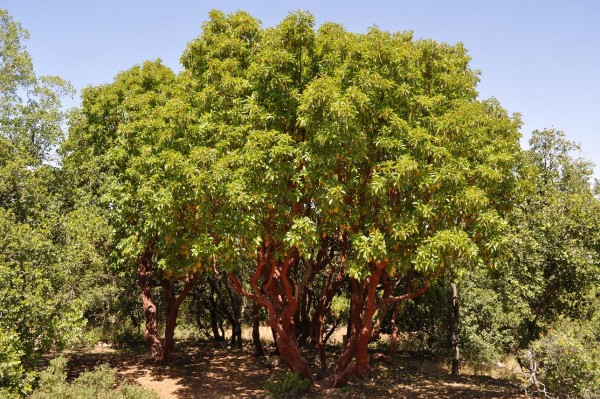
A wild plant species is small-fruited strawberry. The leaves are leathery and smooth, a bit like pear leaves. The trunk is smooth, like a polished, bluish-red. The fruits are collected in bunches, bright red, edible.
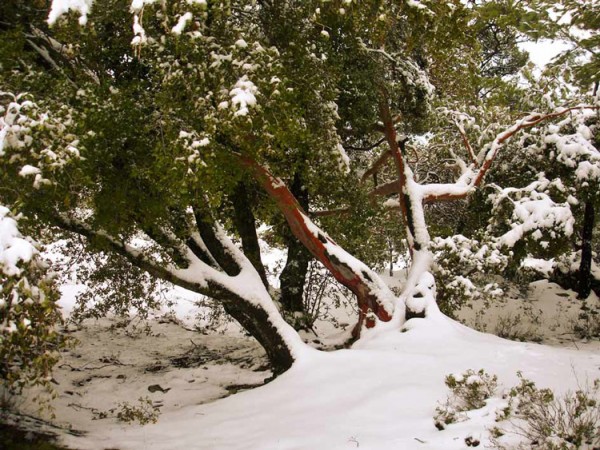
Small-fruited strawberry blooms in winter, its crown is covered with white and elegant flowers almost until the end of March.

In the spring, during the ripening period, the strawberry strips, shedding the bark from the trunk and large branches. For this interesting and rare property the tree was popularly called the shameless woman, or "whisper", since on hot days you can hear the rustle, "whisper" of the strawberry bark being thrown off.
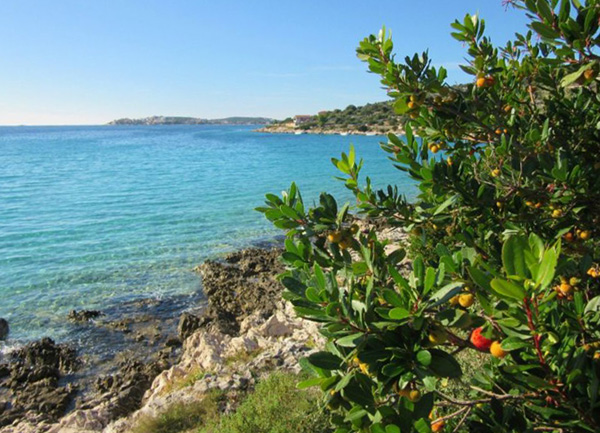
Unlike large-fruited strawberries, small-fruited ones can grow on poor and drier soils.
The strawberry tree is also used in medicine. The flowers of the tree have a honeyed, soft scent.

English tale of the Strawberry tree.
Once a strawberry tree fell in love with a bird hiding in the foliage. The bird was very sick, and the strawberry tree, medicinal properties and with a kind heart, he cured her. The bird recovered and flew away, and the tree became sad, gathering all its strength, pulling out its roots from the ground, went into the mountains in search of its beloved bird.
For many years, the strawberry tree climbed to the top of the mountain, the sun was beating on it, and the bark peeled off and fell off the trunk, but it could not get to the top of the mountain. The tree got tired of climbing the rocky cliffs and said: "Cut love" - "love died", or as the saying goes: " You can't be cute by force ”….

The strawberry tree is remarkable in that it is the only evergreen deciduous tree in the natural flora of the Crimean subtropics. Its leaves are dense, leathery, shiny, of a fairly regular oval shape. They tolerate light frosts well in winter.

It is a pleasure to walk in Alupka Park! The world of amazingly beautiful rare trees, near which you certainly feel like a little girl ... And it's not at all about the difference in growth. Just standing under their crowns you very sharply feel that you have only one life - your own, and the Strawberry tree has a whole plexus of lives! The aura of the reddish crown of these trees is such that you feel it all over your skin!
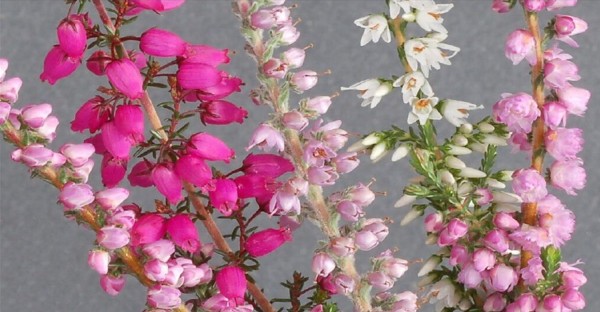
The recipe for cooking has sunk into oblivion heather honey from heather(Latin Callúna vulgáris), which gives people strength and youth.
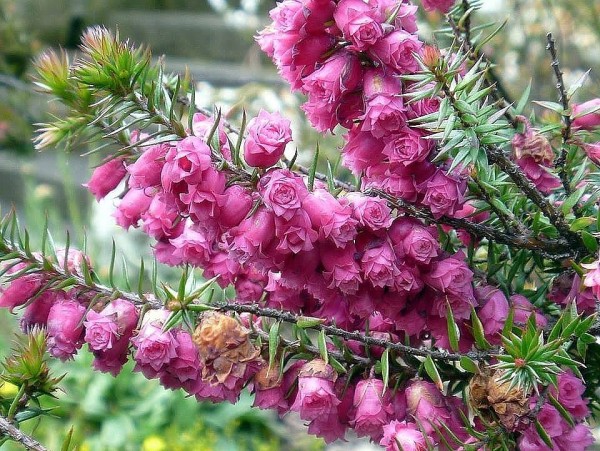 Heather honey
Heather honey
(Robert Louis Stevenson. Translated by Samuel Marshak)
Heather drink
Forgotten a long time ago.
And he was sweeter than honey,
Drunker than wine.
They cooked it in cauldrons
And drank with the whole family
Baby Mead Brewers
In caves underground.

The king of Scots came
Ruthless to enemies
He drove the poor picts
To the rocky shores.
On a heather field
On the battlefield
Lay alive on dead
And the dead is on the living.
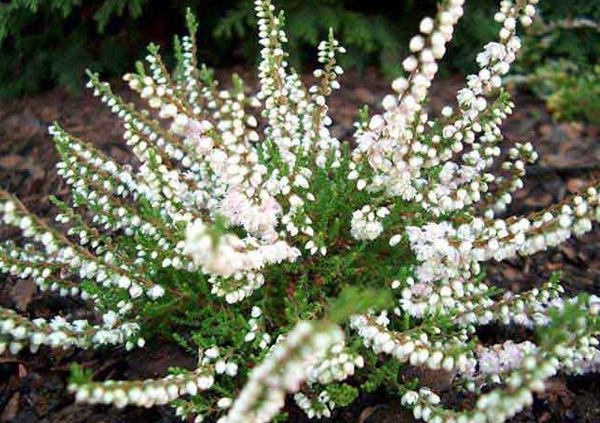
Summer has come in the country
The heather is blooming again
But there is no one to cook
Heather honey.
In their cramped graves,
In the mountains of the native land
Baby Mead Brewers
We found shelter for ourselves.

The king is riding the slope
Above the sea on a horse
And seagulls are flying nearby
On a par with the road.
The king looks sullenly:
« Again at my edge
Honey heather is blooming,
And we don't drink honey! "

But here are his vassals
Have noticed two
The last mead brews
Survivors.
They came out from under the stone,
Squinting at the white light -
Old humpback dwarf
And a boy of fifteen.

To the steep sea shore
They were brought in for questioning
But none of the prisoners
He didn’t say a word.
The king of Scots sat,
Without moving, in the saddle.
And little people
We stood on the ground.
The king angrily said:
- Torture awaits both,
If you don’t say, damn it,
How did you prepare honey!
The son and father were silent,
Standing at the edge of a cliff.
Heather rang above them,
Shafts rolled into the sea.
And suddenly a voice rang out:
— Listen Scottish king
Talk to you
Let me see you face to face!
Old age is afraid of death.
I'll buy life by betrayal,
I will give away the cherished secret! —
The dwarf told the king.
His voice is sparrow
It sounded sharp and clear:
—I would have betrayed the secret long ago
If the son did not interfere!
The boy does not feel sorry for his life,
He doesn’t care about death.
I sell my conscience
It will be ashamed to be with him.
Let him be tied tightly
And thrown into the abyss of waters
And I will teach the Scots
Cooking old honey!
Strong Scottish Warrior
Boy tied tight
And threw it into the open sea
From the coastal cliffs.
The waves closed over him.
Freeze the last cry ...
And echoed to him
From the cliff, the old father.
—I told the truth, Scots,
I expected trouble from my son.
I did not believe in the fortitude of the young,
Do not shave their beards.
And the fire is not terrible for me.
Let him die with me
My holy secret
My heather honey!
Description eucalyptus round.
Shameless (round eucalyptus) is a tree with a powerful trunk up to 150 meters in height; fast-growing, evergreen, belongs to the myrtle family. The bark on the trunk is whitish-gray. Distinctive feature eucalyptus is that it sheds its bark every year. On young branches, the leaves are rounded, stalk-enveloping, opposite, as if covered with wax; on old branches - lanceolate, leathery, alternate. Flowers are axillary, solitary. The fruit is a box - a ball with four ribs. The tree blooms in autumn, and its seeds ripen in 1.5 - 2 years.
Areas of growth of eucalyptus round eucalyptus globulus label.
The round eucalyptus tree appeared in our country from Australia. It is quite common in subtropical countries, as well as in Abkhazia and Adjara.
Medicinal preparations of eucalyptus round.
Tincture of leaves as an antiseptic and anti-inflammatory agent.
Grind eucalyptus leaves and pour over them with alcohol (1: 5), soak for 9 days to 2 weeks, filter and inhale, adding 10 drops of tincture to a glass. Take it inside 3 r. 15 drops a day for each reception after meals.
Infusion of leaves.
2 tsp crushed leaves of the round eucalyptus tree, brew 200 ml of boiling water, and boil for 1.5 minutes, wait until the infusion cools down and use for inhalation (for 250 ml of water - 1 tsp. infusion) and in order to rinse the throat and mouth.
A decoction of the leaves.
Take a tablespoon of finely crushed leaves and pour 250 ml of boiling water in a bowl with enamel, then boil them over low heat for 3 minutes, stand for 20 minutes, filter. Shake the sediment before taking the broth.
A decoction for the treatment of wounds.
First, dilute 1 tbsp in 250 ml of water. l. decoction of leaves, and then moisten a swab of gauze and treat the skin adjacent to the wound.
This broth is used for abscesses, phlegmon, chronic acute myelitis, purulent mastitis, for dressing for chronic trophic ulcers of the leg, for douching. Eucalyptus decoction 2 - 3 r. per day inhale the lungs for diseases of the upper respiratory tract.
Blank.
Round eucalyptus leaves are to be harvested.
Chemical composition.
Found in eucalyptus leaves essential oil containing cineole, caprylic, isvalerian aldehydes, amyl, ethyl and isobutyl alcohols, tannins.
Pharmacological properties.
Eucalyptus oil is a strong antiseptic.
Application in medicine.
Eucalyptus oil is used for fever, pneumonia, bronchitis and other infectious diseases. It is used to treat tongues, fistulas, wounds.
Tincture inhibits Escherichia coli. The simultaneous use of tincture and antibiotics helps to heal faster.
P.S. If you are solving a crossword puzzle and you come across a question - which tree is called a shameless woman, then you should know that, in addition to spherical eucalyptus, it is also called small-fruited strawberry that grows in Crimea.
This strawberry is called in guidebooks the witness of the founding of the Nikitsky Botanical Garden. You will find him at the border of the Upper and Lower Parks.
The main event of midsummer in Nikitsky Garden - "shameless woman" sheds bark
Small-fruited strawberry - the only evergreen deciduous tree natural flora Southshore.
The height of the tree is about six meters, and it looks unusually original and decorative all year round thanks to its thin bark, which lacks a crust - the upper coarse layer. Sometimes it seems that there is no bark at all. But in July, on hot, hot days, you can clearly see how the old coral bark cracks and flakes off in thin, papyrus-like flaps, exposing the young, tender, ash-green bark. The discharge of the old bark is completed by the end of summer. Almost simultaneously with the bark, half of last year's foliage falls off. And all these metamorphoses occur because strawberries, like many others evergreens, enters in the middle of summer during the period of partial leaf fall: at the peak of drought, in order to save moisture, it needs to reduce the evaporating surface, and the renewed green bark begins to replace the missing leaves, performing the function of photosynthesis.
It all looks very impressive, but for this feature Every year, the tree has received resounding names among the people: “shameless woman”, “health resort woman”, “stripper”.
In Crimea, it grows only on the southern coast, on coastal cliffs and rocky slopes, which have become a kind of refuge for small-fruited strawberries. Sometimes ancient relics of the Tertiary period are found here. Small-fruited strawberry is included in the list of rare and endangered plants in Europe. According to scientists, only a few thousand small-fruited strawberry trees have survived in the Crimea, one of the places of its mass growth is the Cape Martyan tract, declared a natural monument.
Love tree
"Does the tree of love grow in Nikitsky garden?" - this is perhaps one of the most frequently asked questions. Vera Zykova, head of the NBS-NSC museum, senior researcher at the department of dendrology, floriculture and landscape architecture, usually speaks in response about those trees that were considered symbols or patrons of love in different nations: about peach and orange, loved in China, about pear and pomegranate from the Mediterranean, about viburnum revered by the Slavs ...
But it also happens that people claim that they themselves personally saw the tree of love in the Nikitsky Botanical Garden, and then show it to the guides and even tell stories from their lives, in which this tree played a happy and magical role. So, right before our eyes, a legend is born about the Crimean tree of love - small-fruited strawberry.
The locals, especially the Tatars, which are unusually rich in tannins and tannins, used strawberry leaves for tanning expensive leathers.![]()
